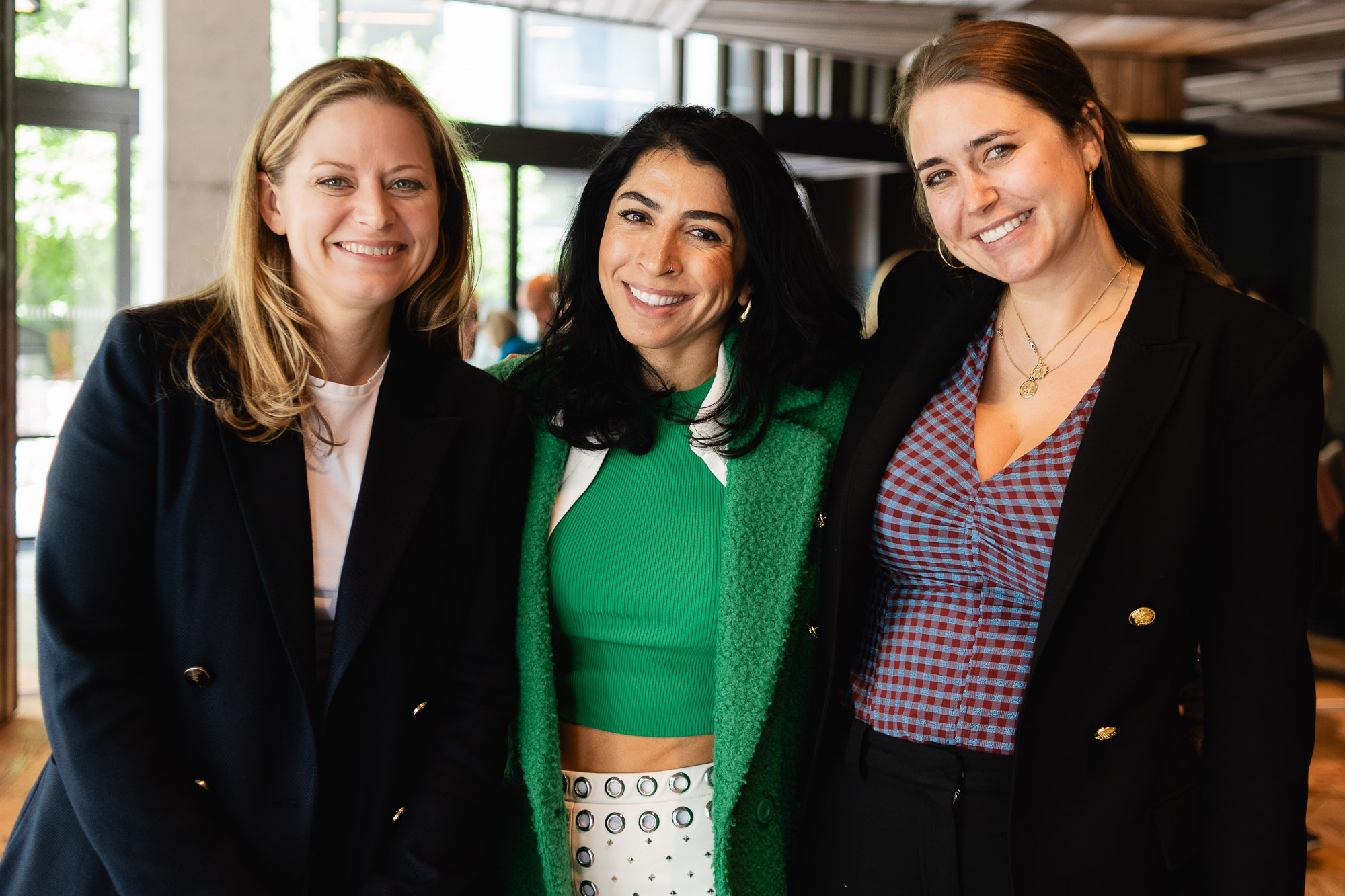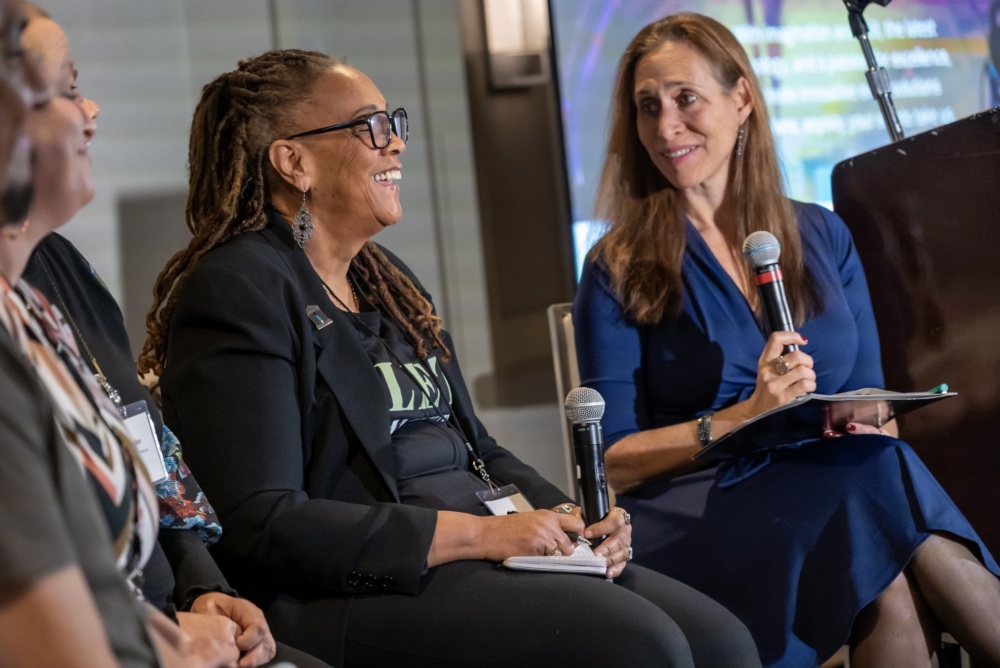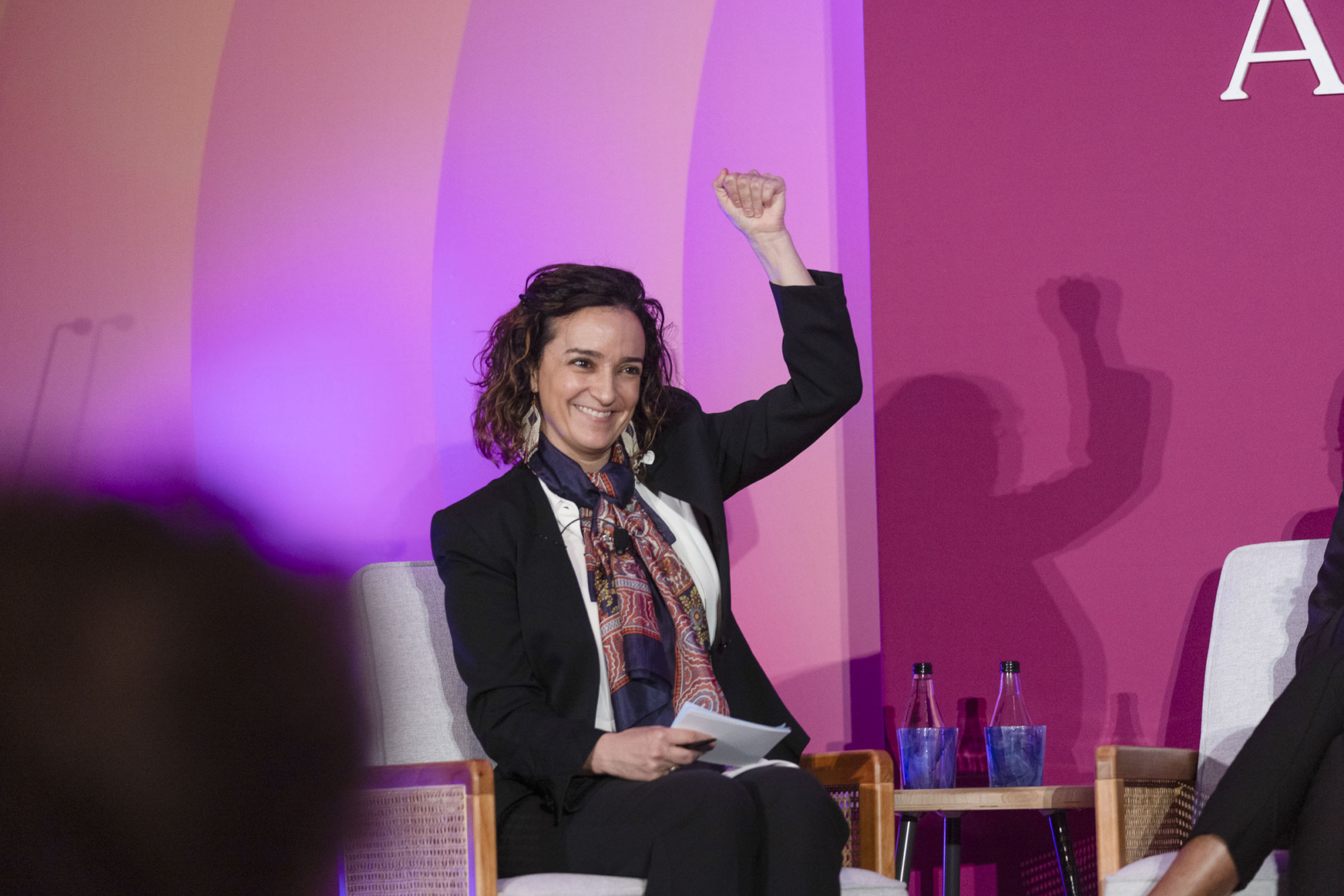How does a gender-lens show up in your philanthropic giving?
My philanthropic journey began after working in international development with NGOs and agencies like the UN. With the Global Whole Being Fund (GWBF), which I co-founded in 2016, we integrate my professional experiences in conflict and post-genocide regions paired with my personal experience of fleeing Iran.
I lived and worked in seven countries from Armenia to Cambodia, and three key insights across the dozen programs I worked on – and which inform our philanthropic work – are:
- Local organizations led by impacted communities, especially women, are crucial in addressing issues like SGBV, education, and civic engagement but need more investments.
- Women-led efforts use a holistic approach, integrating SGBV or maternal health into livelihood work. Yet they need help convincing funders of this perspective. Support for professional and organizational development is rare.
- Philanthropic investments often focus on programs rather than leadership and teams, including coaching and consulting. While common in the private sector, such investments are scarce in the social impact space, with even higher barriers for women leaders.
At the GWBF, we initially intended to focus solely on women and girls. However, inspired by bell hooks’ work and our own experiences, we realized the importance of including boys and men to advance women’s well-being and rights. Our work maintains a gender lens, prioritizing support for women and girls and investing in women-led organizations.
In the last two years, we have invested $9M in 29 women-led organizations aiding those displaced by conflict or climate in 65 countries. Half of the 10 million people we supported are women. Additionally, we invested over $250,000 in the professional and organizational development of 14 women-led organizations and their peers.
What does being part of a women’s network mean to you? How does collaboration show up in your broader work?
Coming from the WMM Brooklyn Summit, I cannot emphasize the importance of joining a women’s network. Being part of WMM has been pivotal for our work. It provides a thoughtfully curated community of women grappling with the same challenges who are eager to collaborate, from sharing diligence and grant recommendations to co-/and aligned funding. The GWBF received a generous Yield Grant in 2023, honoring the collaborative ecosystem-centric work engraved into our DNA. We live and breathe collaboration, especially with peer women, and WMM has become a pillar of our community. Our collaboration with Choose Love, a highly effective and impactful intermediary founded by women, is another example of the power of women working together.
What opportunities do you see for impact in the broader philanthropic landscape, and what advice would you give to others considering a bold investment in women and girls?
The number of displaced people exceeds 110 million, with 50% being women. Displacement is rising and disproportionately affects women and girls. I encourage my peers to consider the interconnectedness of displacement with their existing funding priorities and add crisis response as essential in their gender-driven philanthropy. Ensuring the well-being and rights of women and girls with heightened vulnerabilities during crises is crucial, where we can make a significant impact through our various giving streams.
Here are two inspiring examples of women-led organizations supporting hundreds of thousands of girls and women during and beyond crisis moments. These examples might inspire the community to consider incorporating displacement into their funding efforts:
Refugiados Unidos: This Venezuelan refugee women-led organization has been instrumental in combating violence against women in Colombia. Their strategic litigation efforts have secured the right to work and access essential services for all survivors. This landmark achievement has empowered thousands of women to care for themselves and their families, breaking free from the cycle of violence and building a safer future.
Karen Women’s Organization: This indigenous women-led organization supports 1M vulnerable people on the move, 50% of whom are women and girls, in Karen State, Burma, and refugee camps along the Thai-Burmese border. Their work goes beyond humanitarian aid, with a membership-based model that uplifts and empowers over 70,000 Indigenous refugee women.
Photo: Negar Tayyar (center) with Sarah Haacke Byrd, WMM (left) and Josie Naughton, Choose Love (right)


